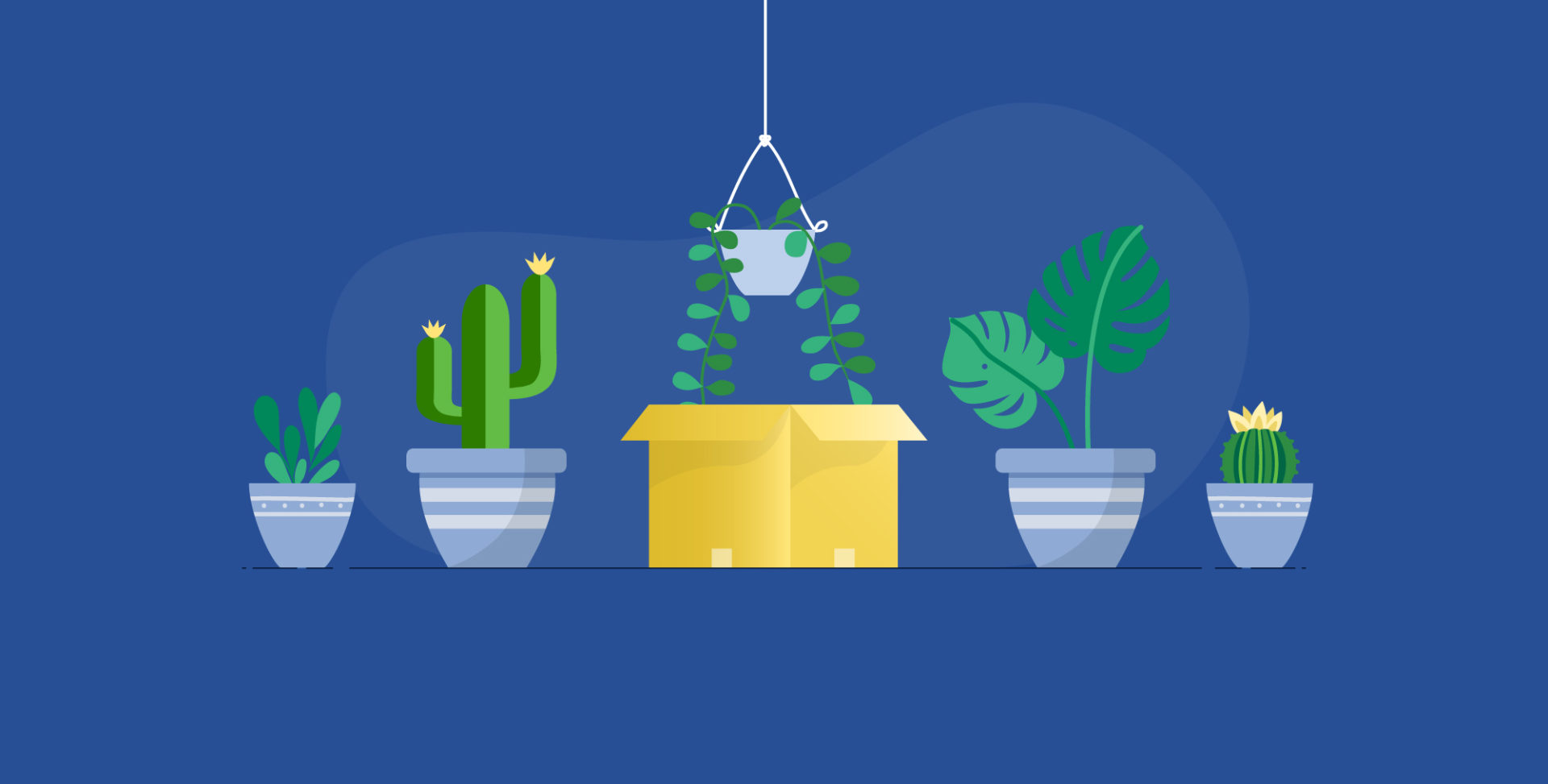When it comes to shipping plants, it can be hard to stay rooted. While shipping larger and smaller plants can present their own unique challenges, we’re here to weed out as much confusing information and cultivate as many amusing plant-related puns as possible. Understanding the shipping materials needed, confirming your plants are shippable, and learning about the requirements and restrictions from USPS, UPS, and FedEx is crucial in getting your plants to their new homes without damage. Let’s dig into the wonderful world of shipping plants!
Table of Contents
- What is a Corrugated Box?
- Is Your Plant Shippable?
- Shipping Plants with USPS
- Shipping Plants with UPS
- Shipping Plants with FedEx
- Conclusion
The packing materials needed will depend on the type of plant being shipped, but here are some items we recommend having on hand:
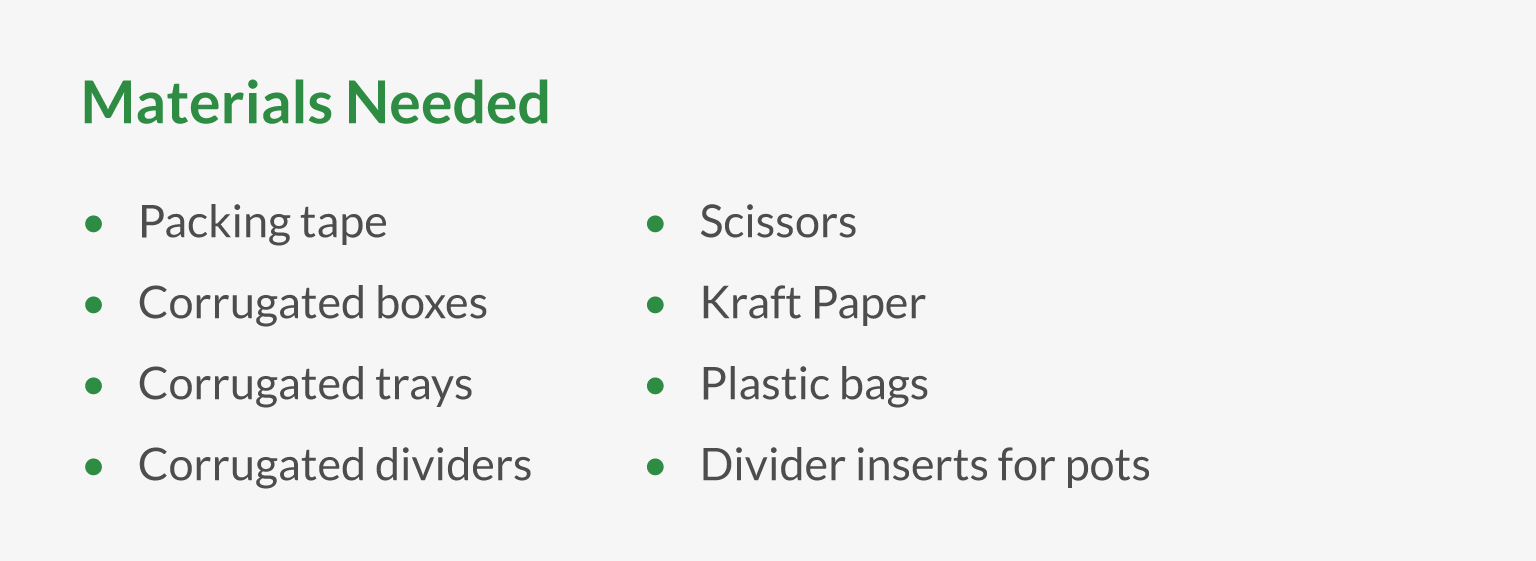
What is a Corrugated Box?
Corrugated boxes are made up of multiple layers, which provide them with more support than regular cardboard boxes. This extra support makes it an ideal pick for shipping more fragile items like food and plants. Corrugated boxes are also sustainable. In fact, 96% are made from organizations such as the Sustainable Forestry InitiativeⓇ, which is committed to sustainable forestry practices.
Between their sturdy composition and the environmental benefits, corrugated boxes are a great shipping supply to utilize when shipping your plants to their new homes.

Learn more about the environmental benefits of Corrugated Boxes with our Sustainability for Small Business blog!
Is Your Plant Shippable?
One of the biggest challenges when it comes to shipping plants is locating state-specific restrictions. These regulations do differ from state to state, so it’s extremely important to follow these guidelines. The National Plant Board or NPB has a database dedicated to each state’s restrictions from The U.S. Department of Agriculture, Animal and Plant Health Inspection Service, Plant Protection and Quarantine Program, or USDA APHIS PPQ .
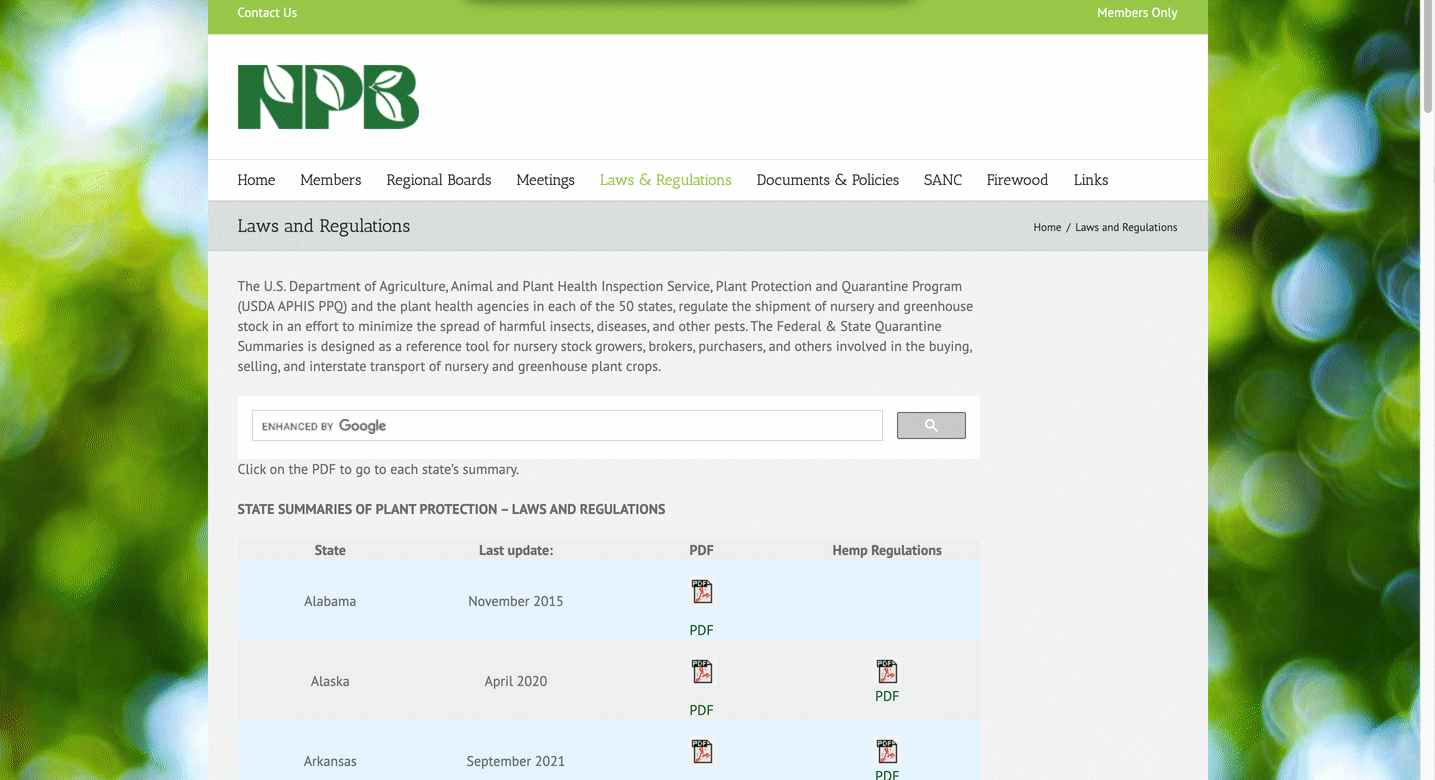
This database provides you with downloadable PDFs you can use as a reference during your shipping process. The NPB also recommends reaching out to your State Plant Regulatory Official for more information regarding plant shipping restrictions to avoid delays, confiscations, and/or potential fines.
Shipping Plants with USPS
Similar to shipping food, USPS has recommendations and guidelines for shipping plants. For example, plants must have specific external labeling, and incorrectly labeling your shipment can also leave you subject to fines. According to USPS’s website, plants must be labeled as follows:
The exact nature of the contents, along with the names and addresses of the mailer and the addressee, must be marked on or affixed to the outside of any package, using a material or method that is not water-soluble and that cannot be easily rubbed off or smeared.
It’s important to remember that your plants may not travel by air, depending on the service selected and where your package is headed compared to where it’s being shipped from, or the zone. If they travel by ground, there’s a chance your plants could shift around in transit. For more tips and tricks, check out this video on how to secure your plants during their travels so they arrive safely.
As with shipping other specialty items, we recommend reaching out to USPS directly with any additional questions to avoid any penalties.
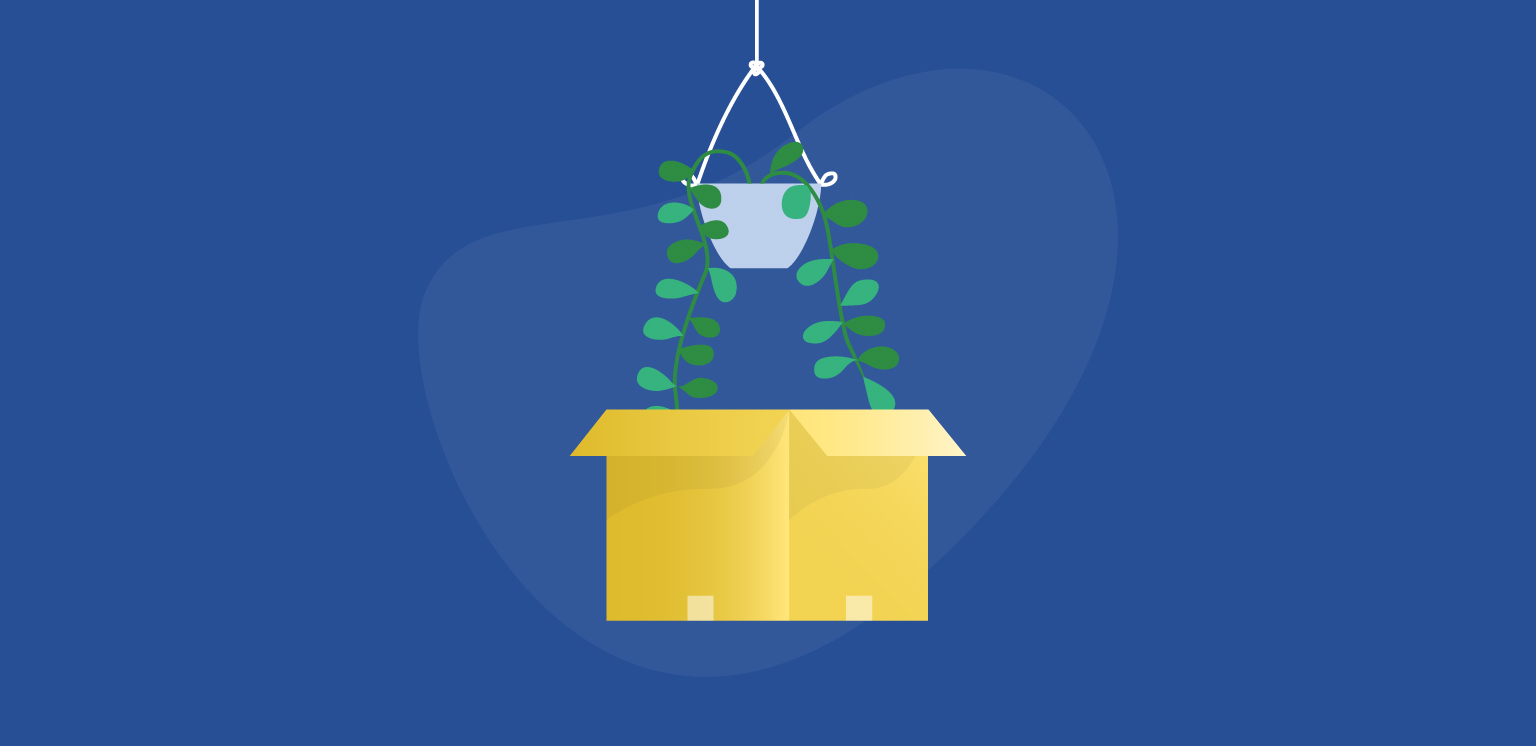
Learn How to Ship Food with USPS with our blog!
Shipping Plants with UPS
One of UPS’s restrictions states that shipping endangered plant life is barred. In addition to the prohibited live animals list provided, any live animal or plant that is an endangered species is prohibited by UPS and won’t be accepted for transportation. You’ll need to refer to the most current publicized list posted on the U.S. Fish and Wildlife Service website before shipping.
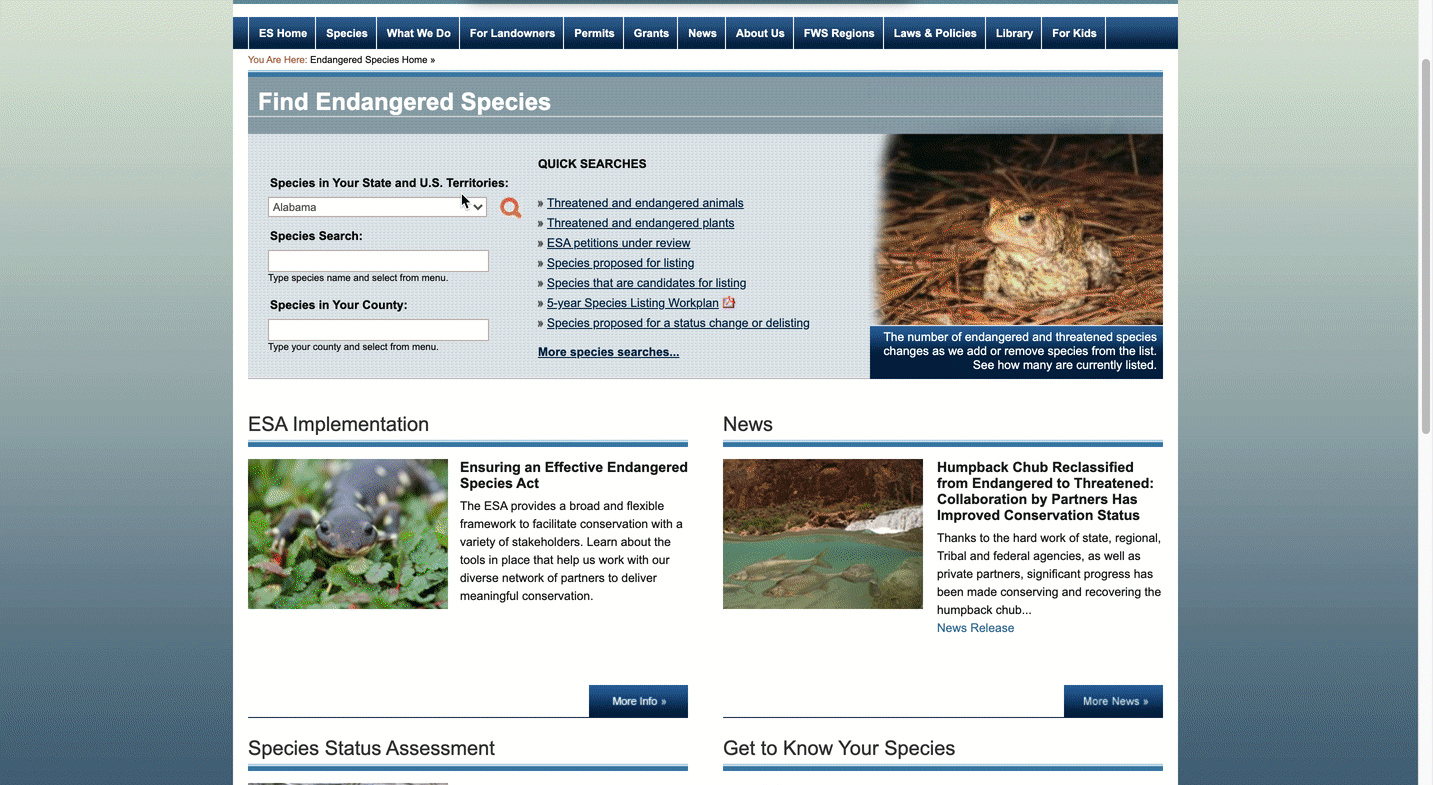
When shipping plants with UPS, it’s important to consider the transit time of your service. UPS services such as UPS Next Day Air® and UPS Next Day Air Saver® restored their Service Guarantees, meaning your shipments will be delivered within the timeframes of the service. With live plants, this can be highly beneficial, as you have a better idea of how long they’ll be in transit. This way, you will be able to let your customer know which steps should be taken upon their plant’s arrival, and you’ll be able to have a better understanding of how your plant should be packed. If your shipments aren’t delivered within the provided timeframe, you may also be eligible for a refund.
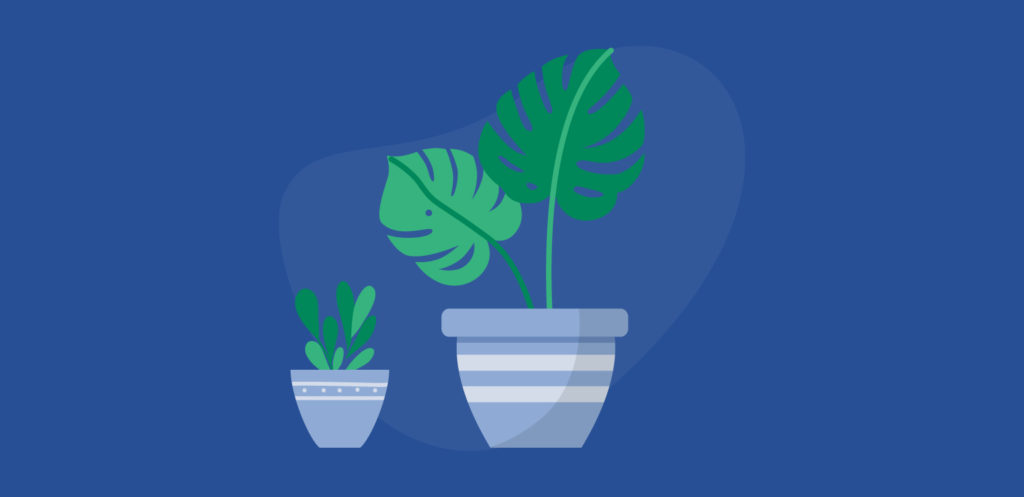
Shipping Plants with FedEx
Unlike UPS, FedEx provides extensive information when it comes to shipping plants and even shows different varieties of plants in their How to Ship Flowers and Plants guide. With the help of FedEx’s guide, we’ve included more directions below to illustrate how to ship plants:

How to Package Plants for Shipping
Since plants are fragile cargo, it’s important to make sure they don’t shift in transit. This is why corrugated boxes and dividers are essential. If you aren’t using a corrugated divider, we recommend filling any empty spaces with paper or other packing materials to avoid your plant moving around in its package.
Preparing Your Shipment

As you can see in the diagram above, the H tape method helps to completely seal your shipment and avoid the risk of damages. It’s important to double-check that all openings have been taped shut as well.
Service-wise, FedEx recommends using one of their overnight services to ensure your plants safely arrive at their destination. To help streamline this process, you can integrate your FedEx account into your ShippingEasy One Balance and Carriers and print the labels for these services. Using FedEx with ShippingEasy allows you to wait to package your plant until you’re ready to drop it off or have it picked up.

One big thing to note is that according to their website, FedEx recommends contacting them directly with any questions you may have.
Conclusion
Shipping plants doesn’t have to leave you feeling watered down. Having certain shipping supplies like corrugated boxes handy will help your plants arrive safely, and knowing the restrictions and guidelines of USPS, UPS, and FedEx will save you time and potentially money. Leaf those worries of shipping plants behind, and follow our guide!

Looking for more advice on shipping plants? Check out our case study with ShippingEasy user Grounded Plants!
